Participants
Alphorn Experience
Switzerland
Since 2009 “Alphorn Experience” has explored the musical areas between tradition and modernism, urban and rural soundscapes, drawing their inspiration from local Swiss roots as well as global influences. Combining elements from Jazz and Funk with their unique interpretation of the classic Alphorn repertoire they create contemporary world music with alpine origins.
“Alphorn Experience” has produced 2 CDs so far. The recording of their latest program "Kühreihen" will be released soon.
Videos:
https://www.youtube.com/watch?v=_Eo__9CBpGM
https://vimeo.com/179426715
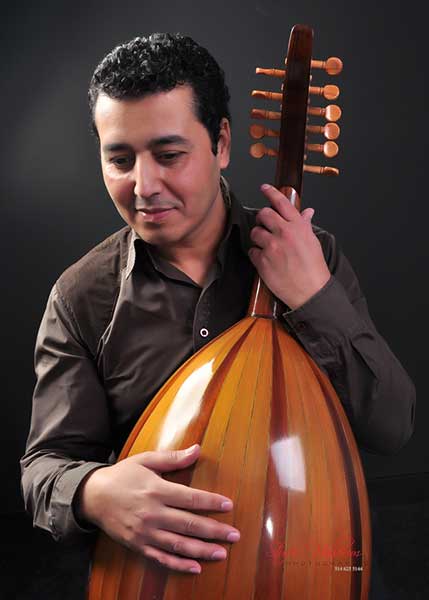
Aziz Daouni
Canada
Born in Casablanca, lives in Canada, Aziz Daouni expresses his passion for music by playing the Oud. A passion he shares with his students because parallel to his show at Radio Centre Ville, he gives music lessons. His first album entitled "The Poetic Melodies "was released in 2006, two more are in preparation. After the Duo d'Orient, Aziz formed other duets and has performed in many concerts in different festivals around the world. Oud Mutation, Arab World Festival of Montreal, Aziz Daouni & Pierre-Olivier Bolduc, Oud & handpan, 2018 . Founder of the Duo D'Orient, Bouzouki and Oud, with Nazih El Mari 2013. Founder of Duoxas saxophone and oud ensemble with Renaud Seguin 2016, 2017. Radio host at Radio Centre Ville in Montreal, program on the beauty of Arabic music: "The Journey of an Artist" 2015, 2016, 2017. Gives lectures on Oud and Arabic music at Universty UQAM in Québec 2016, 2017, 2018. And music teacher who is taught the Oud at the Henri Lemieux Center in Lasalle, Montreal.
Video: http://www.worldwoodday.org/2017/regions_event/44?p=231810322
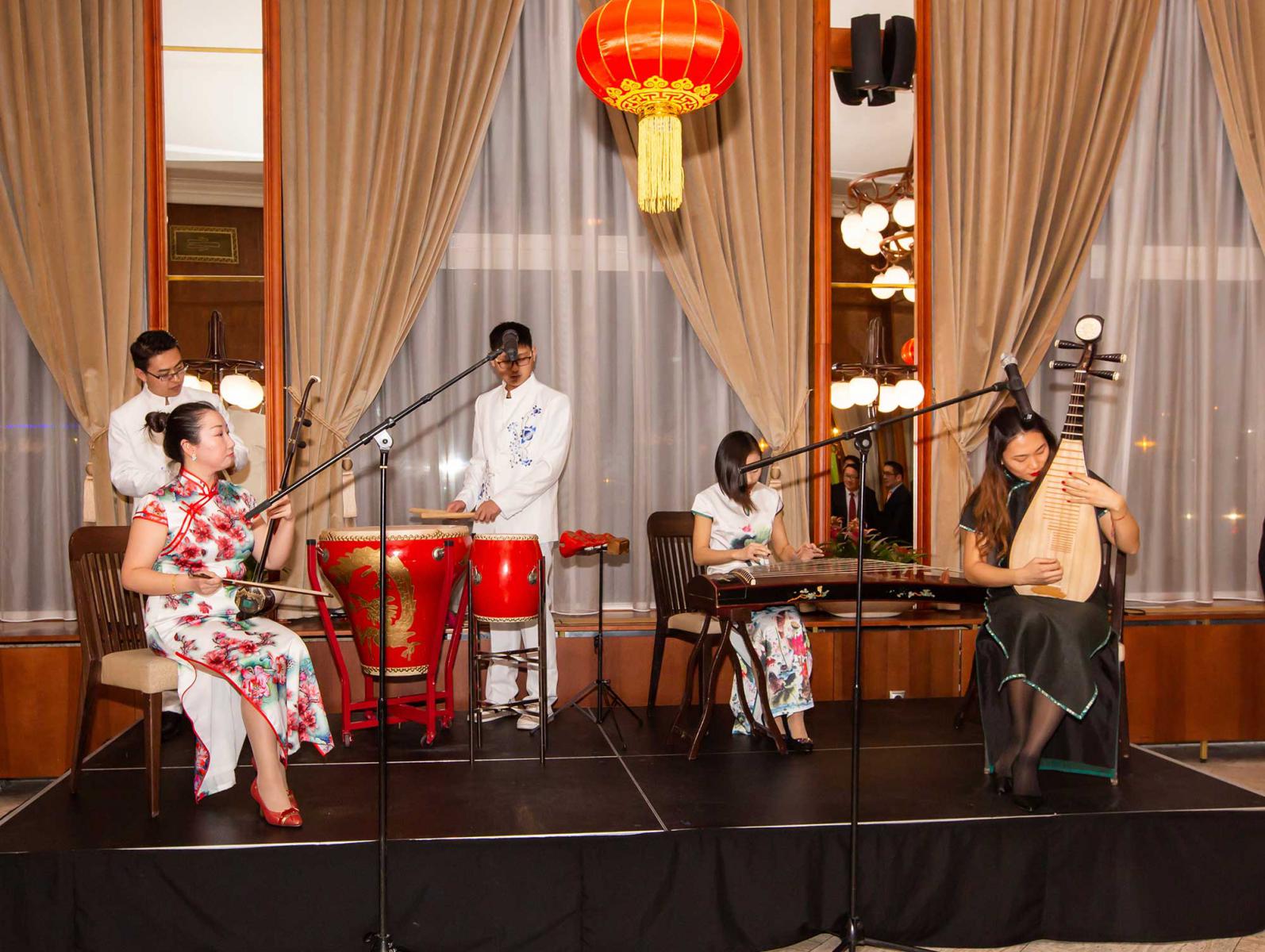
Chinese Traditional Arts Ensemble Vienna
China
In 2002 the "Chinese Traditional Arts Ensemble Vienna" was founded, composed of Chinese music students who has great passion in traditional Chinese music, eager in working together and share the joy through melodies. Starting with string and wind instruments such as erhu, pipa, gu zheng, flute, the group today has grown into an ensemble of dozens of artists with versatile talents.
With traditional Chinese musical instruments, folk songs are performed from Chinese theater to Beijing Opera. With programs such as dragon and lion dances, all the way to Kung Fu, the audience can be inspired by Chinese art and culture.
As a representative of the Chinese Embassy in Austria we often visit cultural events, participated in several cultural events around Europe.
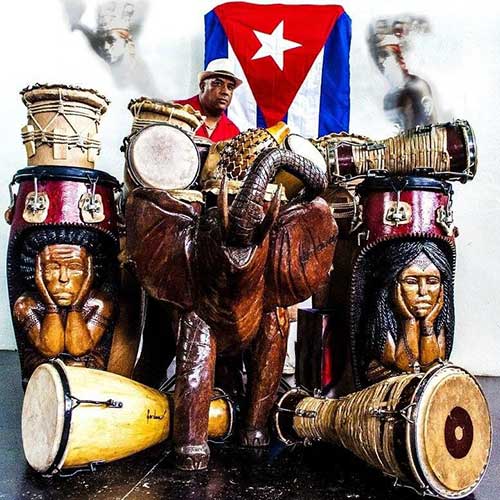
Eduardo Cordova Reyes
Cuba
Percussionist of academic studies and artist of natural intuition, Eduardo Cordova (Havana, 1963), one day decided to make his own music instruments, due to the sounds of his drum did not gave him completely satisfaction. Thus begins an adventure in which wood trunks, ironwork and leather begin to shape a world of sonorities and dreams, in which music and handcrafts converge and complement each other without setting precise limits.
In front of its particular set of percussion, multi-chamber ensemble formed by two tumbadoras, a drum, a box and a bongo, which he incorporated it’s famous "seven mouth" drum, his hands moves skillfully to mix elements of different musical complexes such as: batá with columbia or samba with batá.
It’s new and experimental nature of his instruments, the sounds that he produces with them, and the energy he transmits in his performances, has made it possible for him to share the scene as a guest artist with jazz players, singers, concert musicians, salsa artists and rockers. Cordova is also a professor of percussion and construction of musical instruments, giving conferences and master classes in events of different nature.
Video: http://www.woodculture.org/content.cfm?id=481
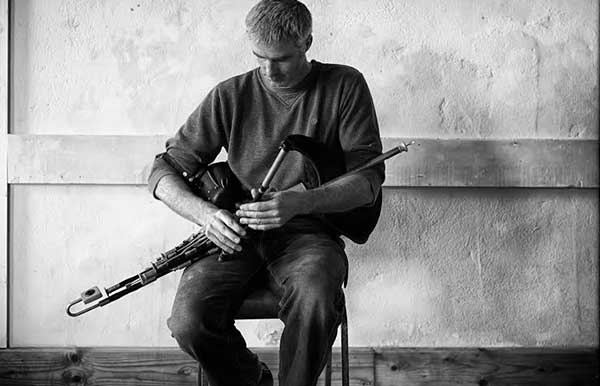
John Butler
Ireland
John Butler began playing the Uilleann Pipes in 1986. The Irish Uilleann Pipes are the most complicated of all the bagpipes instruments found around the world, and feature a chanter for playing the melody, 3 drones which provide a constant tonal background sound, and 2 or 3 additional pipes called regulators, played with wrist, to provide chordal and rhythmic accompaniment. Known as “The Sound of Ireland”, the pipes are primarily used for playing Irish traditional dance music (jigs, reels, hornpipes etc) as well as haunting laments called “slow airs”. In 2010 John moved to an island off the west coast of Ireland to follow his dream of making Uilleann Pipes and set up his own workshop called Ceol Pipes. He has made pipes for Uilleann pipers around the world.
Video:
https://www.youtube.com/watch?v=OZQ8ekfs5Is&feature=youtu.be
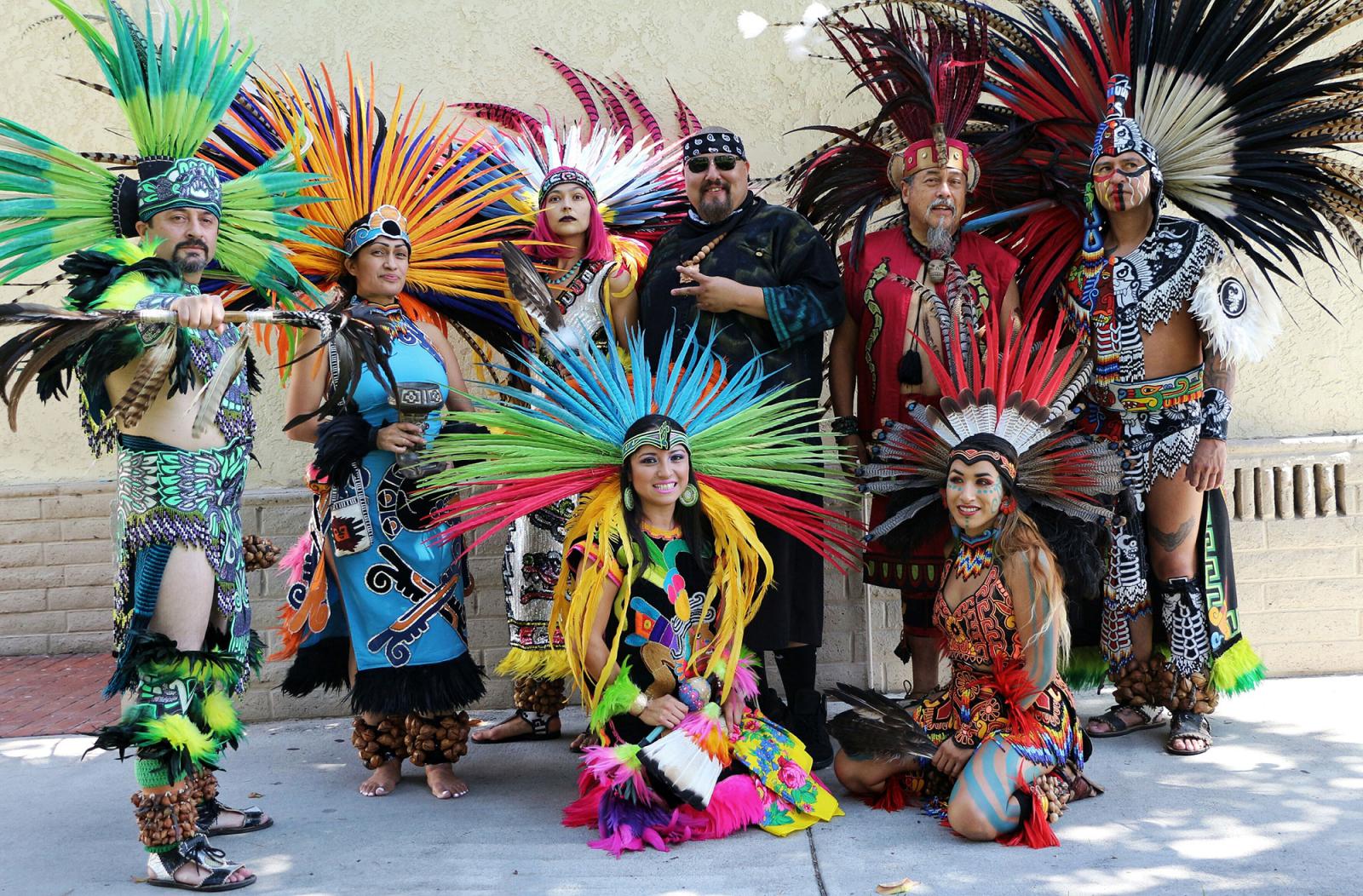
MEXIKA
Mexico
Since 1998, “MEXIKA”, one of the earliest groups of this type to exist, has performed traditional and new music with the ancient, exotic and cosmic sounds of the instruments of their ancestral México.
“MEXIKA” bring to its’ presentations: a vast museum of instruments; the poetry of the ancients, philosophy, culture, customs, history, legend and facts. “MEXIKA” makes strong connections to performing arts standards and core studies.
“MEXIKA” brings a virtual museum of instruments to their performances. “MEXIKA” plays a huge array of instruments rarely seen or heard outside of Mexico. The music in MEXIKA's programs is always upbeat and exciting as well as highly visual. Members dress in appropriate traditional indigenous attire.
Video:
http://www.worldwoodday.org/2017/regions_event/44?p=220401817
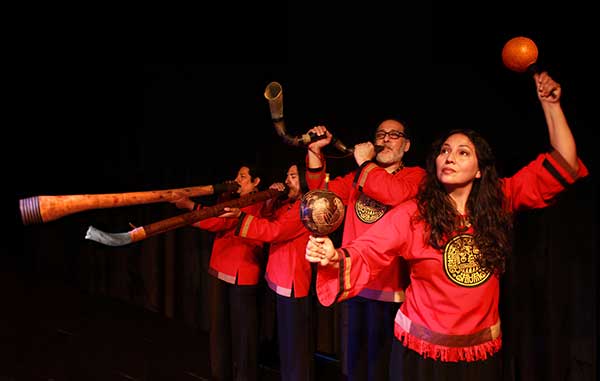
Pachacamac
Peru
Pachacamac is a group of musical creation inspired by the ancient roots and cultures of Peru.
It adopts its name from ancestral God ‘Pachacamac, the one who animates and orders the universe’. It is represented by the figure of an Idol, carved in wood, which is profoundly connected to sea and nature.
Since 1997 the musical group has produced regular concerts, performances based on tales and traditional legends, didactic concerts and offerings to Mother Earth. Its artistic productions has been influenced by Inca, Pre-inca, traditional and contemporary music. Its repertoire encompasses both instrumental and vocal compositions, involving a wide variety of musical instruments such as shells, quenas, antaras, native drums, charango, guitar and Peruvian Cajon.
Pachacamac Group has taken part in international festivals and forums in Latin America, Asia and Africa and has played in prestigious concert halls such as Alexandria and Cairo Opera Houses in Egypt; Zara Expo and Auditorium in Amman, Jordan; American University of Beirut in Lebanon; the World Wood Day Festival in Kathmandu, Nepal; the International Cervantino Festival and the Sinaloa Culture Festival in Mexico; the Meeting of the New World of Folk in Ecuador; Real Theatre in Argentina; Chilean Museum of Pre-Columbian Art; among others.
Videos:
https://www.facebook.com/grupopachacamac/videos/345968762674628/
https://www.facebook.com/grupopachacamac/videos/1814443485285572/
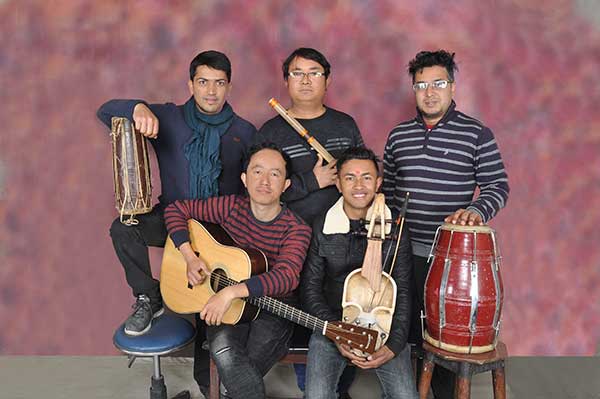
Parampara
Nepal
"Parampara" is a traditional folk ensemble from Kathmandu, Nepal. It is a group of five professional musicians from Nepal. Formally, the band is formed in 2016 and released its first EPs. The band uses traditional Nepali instruments including other world percussions to create new sounds. The band use Basuri, Sarangi, Madal, Dhime, Tabala, Guitar etc. It aims to re-introduce the traditional tunes and instruments of Nepal to the modern generation of Nepal and to the world.
The word ‘Parampara’ holds a special meaning in the Nepali language that is for a unique continuation of Nepali folk culture. As the name, Parampara is all about bringing together traditional folk tunes and instruments with new and improvised sounds and ideas.
Having come together for the preservation of the culture and art, Parampara aims to spread love and joy of Nepali folk music throughout the world.
Video: https://www.youtube.com/watch?v=VK_fFQXjwSE
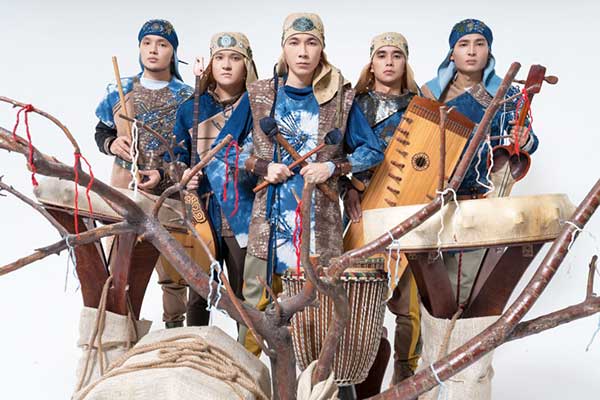
Steppe Sons
Kazakhstan
The group works in a new musical direction MEJ - modern ethno-jazz, where in the modern style sounds a mix of Kazakh folk melodies and jazz forms. An important point in the emergence of a new project was the desire and search for new forms and sounds.
A feature of the compositions of the group is that it has no added electronic sounds, giving more value to the project in the promotion of the true pure sound of folk instruments. Here Kazakh folk instruments are presented in a different authentic sound, preserving the entire ethnic flavor. The repertoire of the group consists of author's works and arrangements for the works of the great composers of the Kazakh people and jazz classics.
Another innovation introduced by the group "STEPPE SONS" in the music culture, is a drum set, collected exclusively from Kazakh folk musical instruments, such as dangyra, dauylpaz, shyndauyl, taituyak, syldyrmak, kepshik and others.
Members of the group are winners of many National and International competitions, students of the Kazakh national Conservatory named after Kurmangazy and the Kazakh national Academy of Arts named after T.Zhurgenov, as well as multi-instrumentalists playing more than 30 Kazakh folk musical instruments: dombyra, zhetygen, sazsyrnai, kamyssyrnai, sybyzgy, sherter, ush ishekti dombyra, barbyd, kyl kobyz, nar kobyz, shan kobyz, shynkildek and others.
Live sound, highly professional musicians, young talented performers. Using the possibilities of light and video accompaniment and sound-amplifying technology, "Steppe Sons" will create images and unforgettable pictures of the past and the present, you will feel the real spirit of the nomad and the subtle style of jazz performance! Discover a new music trend.
Videos:
1.
QORQYT 2.
TUMA 3.
SHOL SULTANY
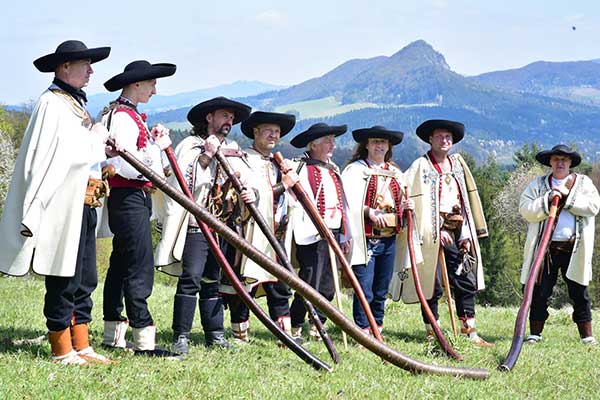
Trombitáši Štefánikovci
Slovakia
Trombitáši Štefánikovci (the Štefánik Trombita Players) is a folk band established in 2008. The core members are brothers Ján Štefánik, Pavol Štefánik and their brother-in-law Pavol Novosád from Nimnica village, completed with other musicians from this region. Their repertoire and album called Grúňom hore (Up to the pasture hill, 2017) is an open window to a musical tradition of shepherds of Púchov valley with many instruments typical from this region – not only trombitas, but also the iconic instrument of Slovakia – Fujara, shepherd horns and various shepherd flutes. Three of the band members – Ján Štefánik, Pavol Novosád a Ivan Bobot – are also award-winning instrument makers. Their music is supplemented by other instruments such as heligónka accordion, jew´s harp, stumblebum, bagpipes, tuned cow bells, bass, viola, and also with male voices.
Videos
https://youtu.be/9uMsaDBxK5Q
https://youtu.be/7kZY6S15nBM